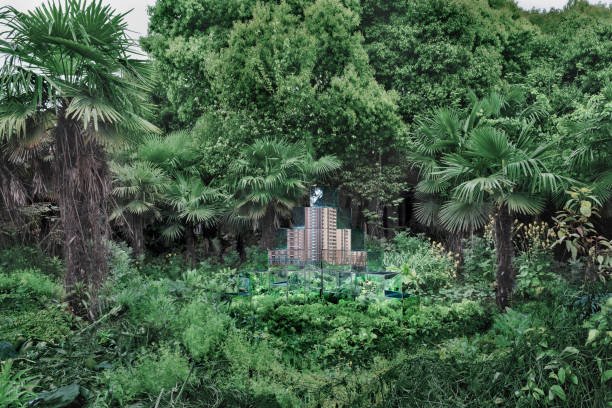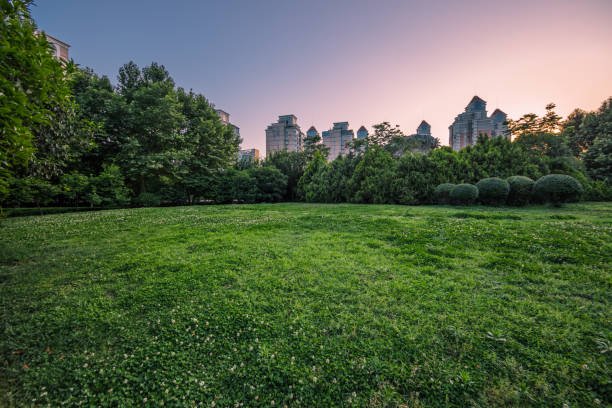
Milano, Porta nuova district, May 23, 2024: lush vegetation growing in Biblioteca degli alberi Park, a green space and a contemporary botanical garden: in the background high rises located in the park
By Ameh Gabriel
In the midst of rapid urbanization, a silent crisis is unfolding: the gradual disappearance of urban green spaces. As cities expand to accommodate growing populations and economic ambitions, parks, gardens, forests, and open fields are increasingly replaced by concrete jungles. Yet, green spaces are not just “nice to have” amenities; they are critical to our environmental health, social wellbeing, and long-term urban resilience.
Why Green Spaces Matter
Urban green spaces serve as the lungs of our cities, absorbing carbon dioxide, filtering pollutants, and providing oxygen. Trees and plants in urban areas play a crucial role in regulating temperature, reducing the “urban heat island” effect where cities become significantly hotter than their surrounding rural areas. As climate change intensifies, the cooling effects of parks and green corridors are becoming even more vital.

Beyond the environmental benefits, green spaces contribute immensely to physical and mental health. Numerous studies have shown that access to parks and natural environments reduces stress, anxiety, and depression. Green spaces encourage physical activity, social interaction, and a stronger sense of community, all of which are essential for building healthier, happier urban populations.
An Equity Issue
The crisis is also a matter of social justice. In many cities around the world, green spaces are unequally distributed. Affluent neighborhoods often enjoy tree-lined streets, spacious parks, and recreational facilities, while marginalized communities are left with little to no access to nature. This disparity exacerbates existing inequalities, depriving vulnerable populations of the health, environmental, and social benefits that green spaces provide.
Creating equitable access to urban green spaces must become a priority for city planners and policymakers if we are to build inclusive, resilient cities for the future.
Economic Benefits
Urban green spaces are not just good for people and the planet; they also make sound economic sense. Parks and green belts can increase property values, attract tourism, boost local businesses, and reduce public health costs by promoting wellness. They also provide natural flood defenses by absorbing rainwater, reducing the need for costly infrastructure solutions to manage stormwater.
Investing in green infrastructure can save cities billions of dollars in the long term while creating jobs in landscaping, environmental management, and maintenance.

Innovative Solutions and the Way Forward
Faced with mounting environmental and societal pressures, some cities are leading the way in reimagining urban spaces. Initiatives like “urban forests,” green roofs, vertical gardens, and community gardens are emerging as creative solutions to the green space deficit.
Cities such as Singapore, known as the “City in a Garden,” have made urban greening a central part of their development strategy, integrating parks, nature reserves, and rooftop greenery across the metropolis. Other cities are converting abandoned lots into vibrant community parks or “pocket parks,” proving that size is not the sole determinant of impact.
To truly address the silent crisis, city leaders must:
- Prioritize urban green space in development plans.
- Implement green space minimums for all neighborhoods.
- Protect existing parks and forests from urban encroachment.
- Promote community involvement in the planning and maintenance of green areas.
- Encourage green innovation in architecture and urban design.
Our Future Depends on It

The need for sustainable, livable cities has never been more urgent. Urban green spaces are not a luxury; they are a necessity for the survival and wellbeing of future generations. As cities continue to grow, the choices we make today about preserving and expanding our green spaces will determine whether we live in thriving, resilient cities or in barren, overheated, and unhealthy urban landscapes.
This is not just an environmental issue; it’s a human survival issue. It’s time to end the silence and act boldly for the future of our cities and ourselves








